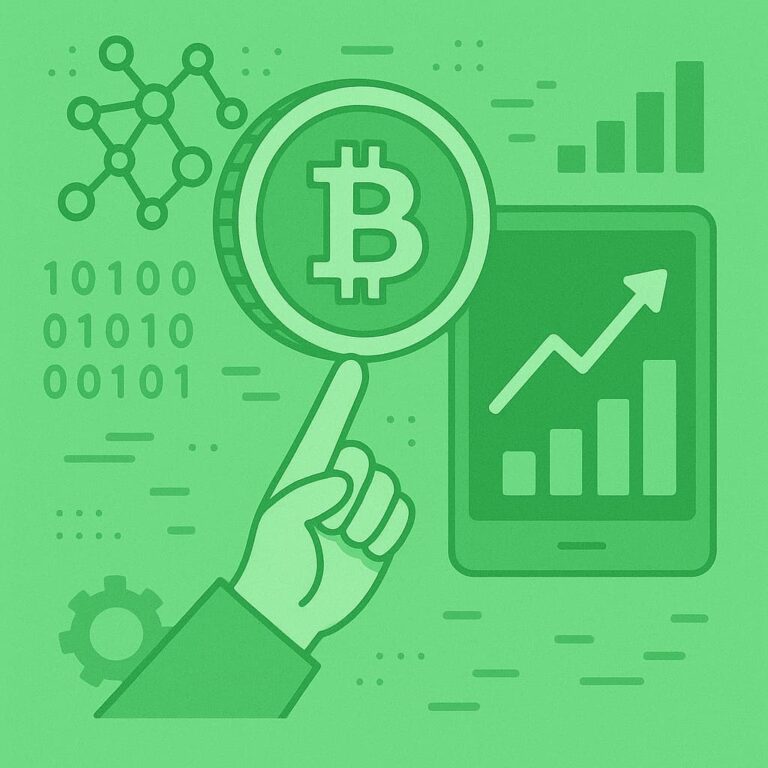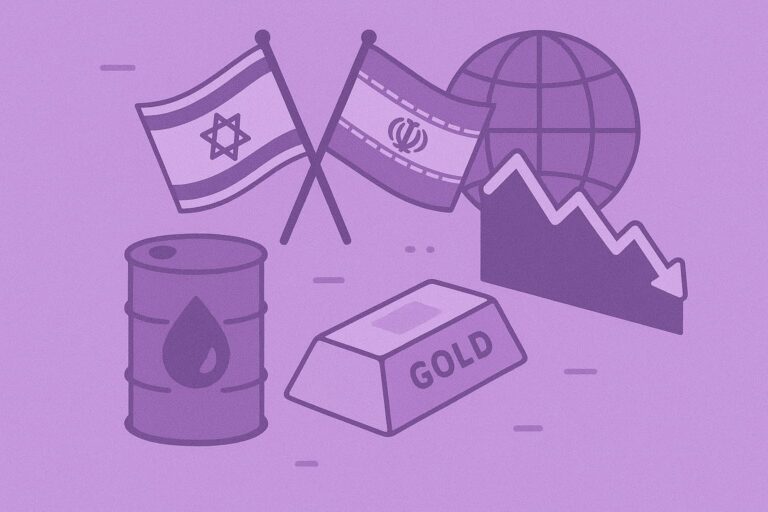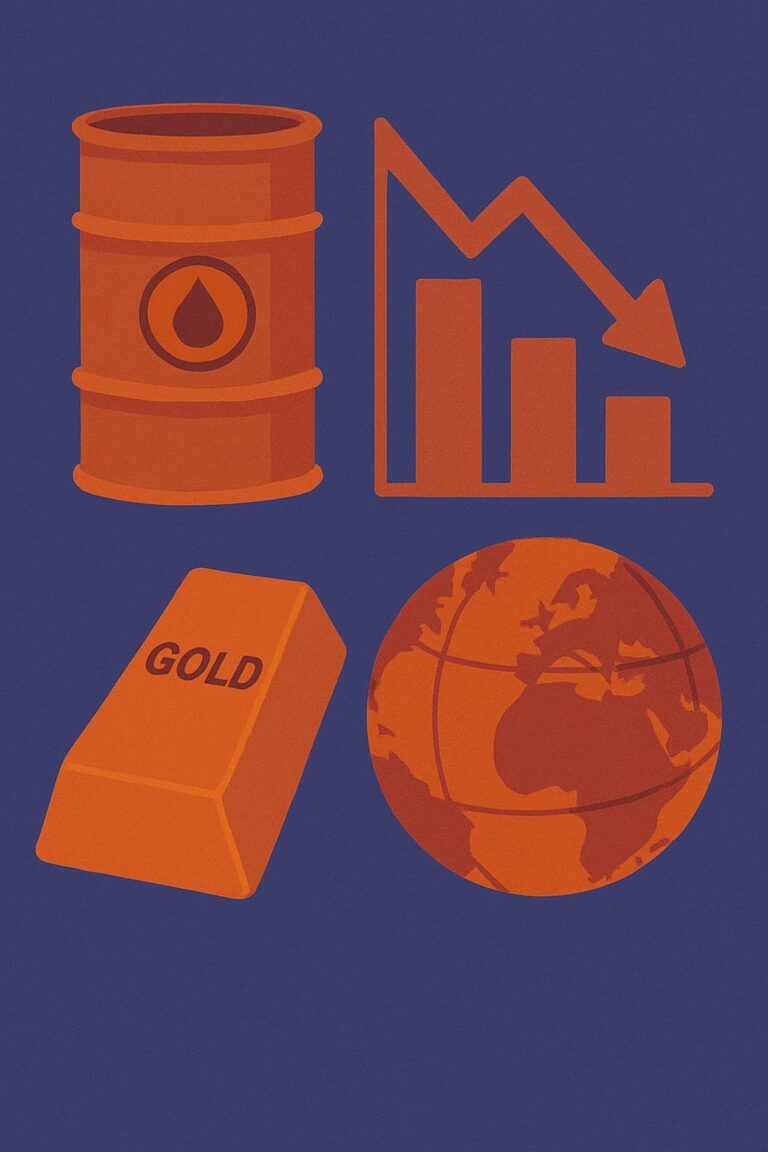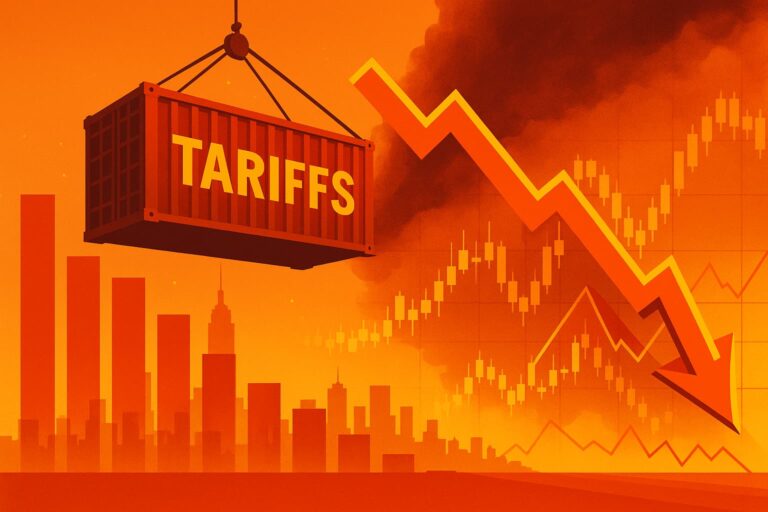Im Jahr 2025 steht das globale Finanzsystem vor einer Umgestaltung, wie es sie seit der Bretton-Woods-Ära nach dem Zweiten Weltkrieg nicht mehr gegeben hat. Auf der einen Seite stehen die traditionellen westlichen Mächte - angeführt von den USA, Europa und Japan - mit ihrer jahrzehntelangen wirtschaftlichen Dominanz. Auf der anderen Seite steht eine wachsende Koalition von Schwellenländern, bekannt als BRICS (Brasilien, Russland, Indien, China, Südafrika) hat neuen Schwung erhalten und droht, die Weltordnung neu zu gestalten.
Mit der jüngsten Ausweitung von BRICS+ um Länder wie Saudi-Arabien, Iran, Ägypten und Argentinienfragen sich viele: Ist eine finanzielle Machtverschiebung im Gange? Und was noch wichtiger ist, was bedeutet das für die globalen Märkte und die Kleinanleger?
Was ist BRICS+?
Ursprünglich in den 2000er Jahren gegründet, um den Einfluss der Schwellenländer zu repräsentieren, haben sich die BRICS inzwischen zu einem geopolitische und wirtschaftliche Allianz die westlich geführte Institutionen wie die IMF, Weltbankund die Dollarzentriertes Finanzsystem der Vereinigten Staaten.
Die wichtigsten Ziele von BRICS+:
- Verringerung der Abhängigkeit vom U.S.-Dollar
- Förderung des bilateralen Handels unter Verwendung lokaler Währungen
- Aufbau einer alternativen Finanzinfrastruktur (z.B., BRICS-Bank, digitale Währungenund Zahlungssysteme)
- Westliche Narrative über Energie, Sicherheit und Wirtschaftswachstum in Frage stellen
Warum sich 2025 anders anfühlt
Während die BRICS schon seit langem als Gesprächsblock existieren, signalisieren die jüngsten Entwicklungen eine besser koordinierte, strategische Maßnahmen echte Alternativen zur westlichen Dominanz aufzubauen:
1. De-Dollarisierung in Bewegung
- BRICS+ Mitglieder sind zunehmend Handel in lokalen Währungeninsbesondere in den Bereichen Energie und Rohstoffe (z. B. chinesisch-russische Gasgeschäfte in Yuan).
- Ein Vorschlag "BRICS-Reservewährung" ist in Arbeit, der möglicherweise mit einem Korb aus Gold, seltenen Erden und digitalen Vermögenswerten unterlegt ist.
- Die Zentralbanken der BRICS-Staaten beschleunigen Goldanhäufung.
2. Alternative Finanzsysteme
- Die Neue Entwicklungsbank (NDB)die auch als BRICS-Bank bezeichnet wird, finanziert die Infrastruktur ohne westliche Aufsicht oder Dollarkredite.
- Gespräche über die Einführung eines grenzüberschreitendes Blockchain-Zahlungssystem Die Umgehung von SWIFT und westlichen Bankenkontrollen nimmt zu.
3. Einfluss der Ware
- Mit dem Beitritt von Saudi-Arabien und Iran kontrollieren die BRICS nun über 40% des weltweiten Ölangebots.
- Die Mitglieder dominieren gemeinsam die Ausfuhren in Landwirtschaft, Metalle und seltene Erdendie für die Revolutionen in den Bereichen saubere Energie und künstliche Intelligenz von entscheidender Bedeutung sind.
Westliche Reaktion und Widerstand
Die westlichen Institutionen stehen nicht still. Die G7-StaatenDie NATO-Verbündeten und Finanzgiganten wie der IWF und die BIZ unternehmen aktive Schritte zur Verteidigung des Status quo:
- Digitale Zentralbankwährungen (CBDCs) werden eingeführt, um die Währungssysteme zu modernisieren.
- Die USA und die EU erweitern ihre Sanktionsregelungen und setzen "wirtschaftliche Staatskunst" als strategisches Instrument.
- Die westlichen Kapitalmärkte bleiben die wichtigsten flüssig, transparent und tiefund zieht damit weitere weltweite Investitionen an.
Aber es gibt eine wachsende Vertrauensbruch-besonders in den Entwicklungsländern, die frustriert sind von:
- Steigende US-Zinsen und ihre Auswirkungen auf die weltweite Verschuldung
- Westliche Kontrolle über SWIFT und das internationale Bankwesen
- Politische Bedingungen, die an die Finanzierung durch IWF/Weltbank geknüpft sind
Was dies für das globale Finanzsystem bedeutet
1. Eine multipolare Währungswelt?
Seit über einem Jahrhundert ist die U.S. Dollar war die Reservewährung der Welt. Diese Vormachtstellung wird nun in Frage gestellt - nicht nur durch die BRICS, sondern auch durch digitale Finanz- und regionale Handelsblöcke.
Auswirkungen:
- Größere Währungsdiversifizierung im internationalen Handel
- Volatilität an den Devisenmärkten (z. B. USD, Yuan, Rupie, Rubel)
- Verstärkte Einführung von Gold und digitale Vermögenswerte als neutrale Wertaufbewahrungsmittel
2. Verlagerung der Kapitalströme
Die Investmentfonds suchen jetzt außerhalb der westlichen Märkte für Wachstum.
Auswirkungen:
- Mehr Kapital fließt in Schwellenländer-ETFsInfrastrukturfonds und grüne Energieprojekte in den BRICS+-Staaten
- Risikobereinigte Renditen in den Frontier-Märkten werden mit zunehmender politischer Stabilität attraktiver
3. Entstehung von Parallelinstitutionen
Erwarten Sie mehr BRICS-zentrierte Versionen der westlichen Finanzinstitute.
Beispiele:
- Rating-Agenturen nicht an Moody's oder S&P angeglichen
- Neue Handelszonen ohne WTO-Mitgliedschaft
- Erweitert Gürtel und Straße Projekte mit alternativen Kreditbedingungen
Chancen für Investoren
Kleinanleger und institutionelle Investoren können sich diesen finanziellen Wandel zunutze machen, indem sie:
✅ Diversifizierung des Währungsrisikos
Investieren Sie in Währungs-ETFs oder Fonds, die Nicht-USD-Vermögenswerteinsbesondere solche, die an rohstoffreiche Länder gebunden sind.
✅ BRICS+ Thematische ETFs
Halten Sie Ausschau nach ETFs mit Schwerpunkt auf:
- Schwellenländer (EMXC, IEMG)
- Grundstoffe (DBA, DBC)
- Infrastruktur und saubere Energie in Asien, Afrika und Südamerika
✅ Gold und digitale Vermögenswerte
Gold profitiert weiterhin von der Nachfrage der Zentralbanken. In der Zwischenzeit haben Krypto-Projekte, die mit staatliche Blockchain-Initiativen kann eine strategische Übernahme erfolgen.
Zu beachtende Risiken
❌ Politisches Risiko
BRICS+ ist zwar vielversprechend, aber viele seiner Mitglieder haben autoritäre Regime, regulatorische Intransparenz und Schuldenprobleme. Dies erhöht die Volatilität und die Bedenken der Anleger hinsichtlich der Unternehmensführung.
❌ Ausführungsunsicherheit
Die Ambitionen von BRICS+ (z. B. eine gemeinsame Reservewährung) werden möglicherweise erst in Jahren - oder Jahrzehnten - verwirklicht. Institutionelle Stärke und Koordination bleiben schwach im Vergleich zum Westen.
❌ Geopolitische Spannungen
Ein Aufflammen des Konflikts zwischen den USA und China oder zwischen der NATO und Russland könnte sich auf FinanzkriegSanktionen, Kapitalkontrollen oder eine rasche Deglobalisierung auslösen.
Abschließende Überlegungen
2025 wird vielleicht nicht das Jahr sein, in dem der Westen seine finanzielle Vormachtstellung verliert - aber es könnte das Jahr sein, in dem eine glaubwürdige Alternative ist geboren.
In dem Maße, wie BRICS+ im globalen Handel, bei den Ressourcen und in der Diplomatie an Stärke gewinnt, wird der Übergang von einer unipolare Finanzordnung zu einer multipolar ist im Gange. Für die Anleger bedeutet dies, sich auf neue Risiken einzustellen, traditionelle Portfolios zu überdenken und Chancen in entstehende Machtzentren.
Die Frage ist nicht mehr wenn die Finanzwelt wird sich verändern - aber wie schnellund wer profitiert wenn sie es tut.





